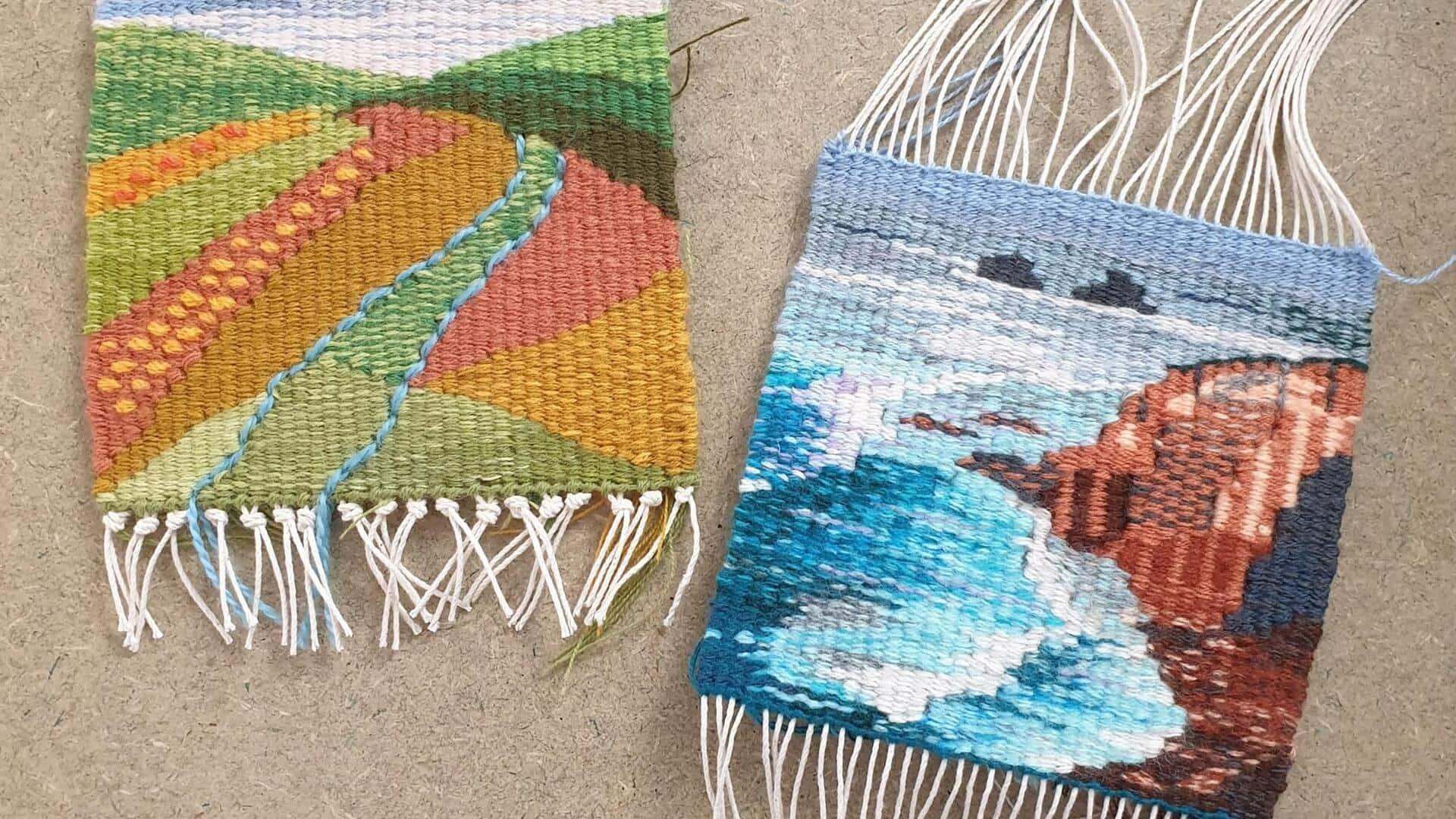
Discover the timeless craft of tapestry weaving
What's the story
Tapestry weaving is an ancient art form that involves creating intricate designs by interlacing threads on a loom. Practiced for centuries, it traces roots back to various cultures around the world. Not only are they decorative, but tapestries also serve as historical records, capturing stories and events in their woven patterns. Understanding the techniques and materials used in tapestry weaving can provide valuable insights into this fascinating art form.
Looms
The role of looms in tapestry weaving
Looms are the most important tools while weaving tapestries, as they act as a framework to create designs. There are different types of looms, such as frame looms and floor looms, each with their own advantages. While frame looms are portable and easier for smaller projects, floor looms are for larger tapestries. The loom you choose also determines the tension and precision of the weave, etc.
Threads
Selecting threads for texture and color
The choice of threads is critical in tapestry weaving, affecting texture and color. Wool is widely used for its strength and bright colors. Cotton gives a smoother finish, while silk adds a luxurious sheen. Mixing different types of threads can produce varied textures in one piece, making it more attractive.
Techniques
Techniques to master patterns
Mastering various techniques is the key to successful tapestry weaving. Basic methods, such as plain weave and twill weave, serve as the foundation for more complex patterns like hatching or shading. These techniques enable weavers to create depth and dimension within their designs by manipulating thread placement.
Design planning
Importance of design planning
Design planning ensures coherence in tapestry weaving. Weavers sketch their ideas before starting on the loom to see how colors will play off each other across sections/motifs in their workspaces. This helps maintain consistency throughout production stages without compromising artistic intent/vision during execution phases later down the line when actualizing concepts into tangible forms through hands-on crafting processes involved therein too!